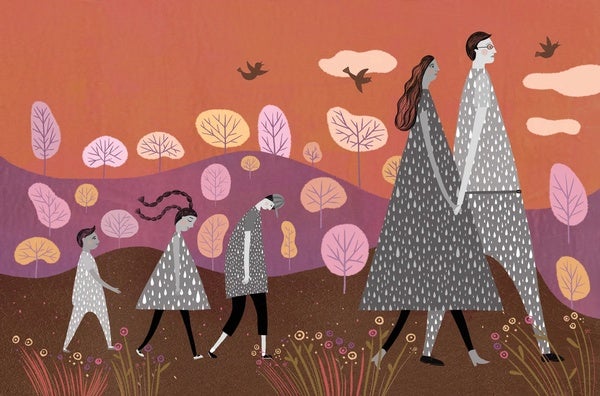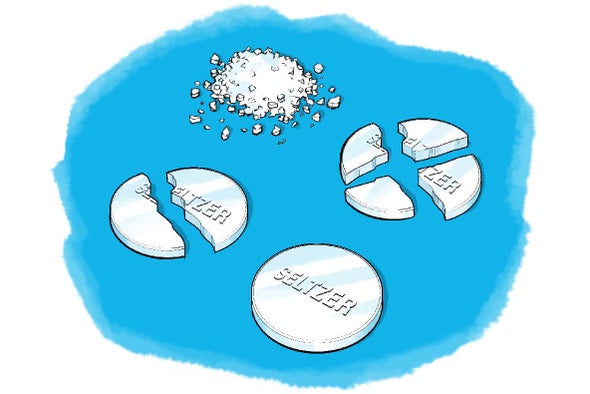 |
| |
 |
| |
| |
| |
| |
| |
| |
| |
| |
| |
| |
| |
FROM THE STORE
 | | Racism: Confronting Injustice, Bias and Inequality The murder of George Floyd in May 2020 brought fierce and renewed tensions to issues of anti-Black racism and police violence in the US. The outcry and eruption of protests following Floyd's killing led to a long-overdue reckoning across industries, in politics and in society to confront white supremacy and racial injustice. For Scientific American, part of this reckoning is to make a commitment to improved and wider reporting of racism and to elevate Black and Brown voices. In this eBook, we've gathered some of our most important coverage to date, including how systemic racism is linked to COVID-19 and other public health crises, injustice in law enforcement practices and bias in academia and the scientific community. |  | | |
BRING SCIENCE HOME
 | | React Fast: How Size Determines Rate |  Bubble up with this fun test of reaction times. See which size makes the biggest fizz! Credit: George Retseck | Did you know that flour can explode? Luckily, this does not happen spontaneously on your kitchen counter, but only if the conditions are right. You need a very fine powder of flour to make an explosion happen. In fact, any solid flammable material that is dispersed in the air as a dust cloud will explode if it comes into contact with flame (a reason extreme caution must be used where there is a large amount of grain dust, such as in storage facilities). Why is that? It has to do with the particle size of the solid material, which determines how rapidly a chemical reaction takes place. In this activity, you can try this for yourself—skipping the explosion and creating a big fizz instead! | |  | |
LATEST ISSUES
 |
| |
| Questions? Comments?  | |
| Download the Scientific American App |
| |
| |




